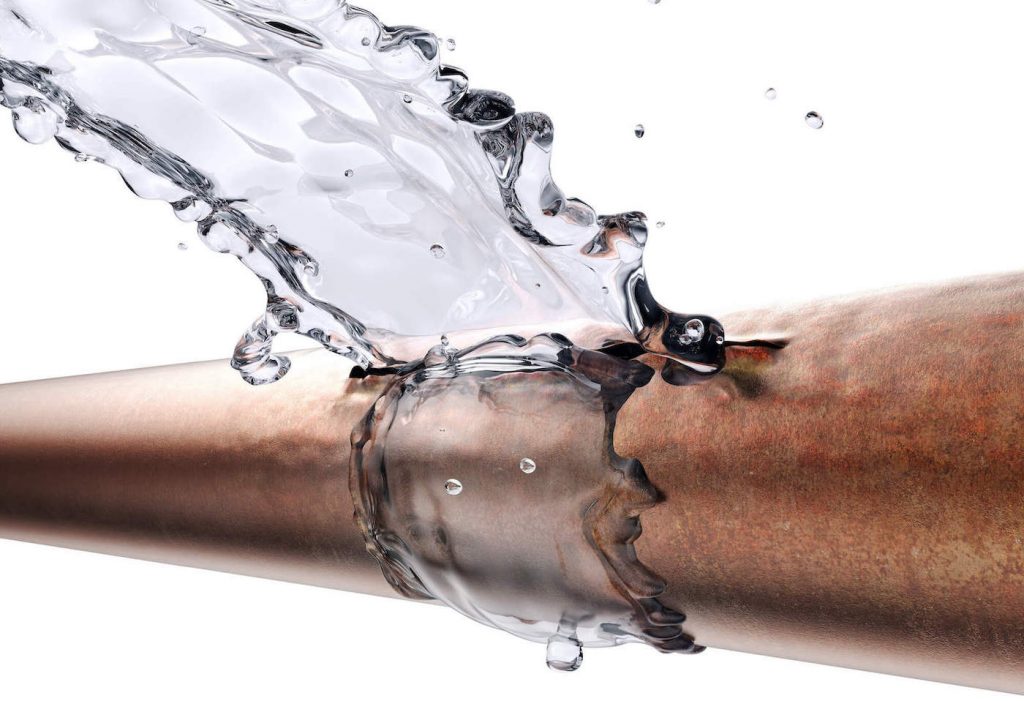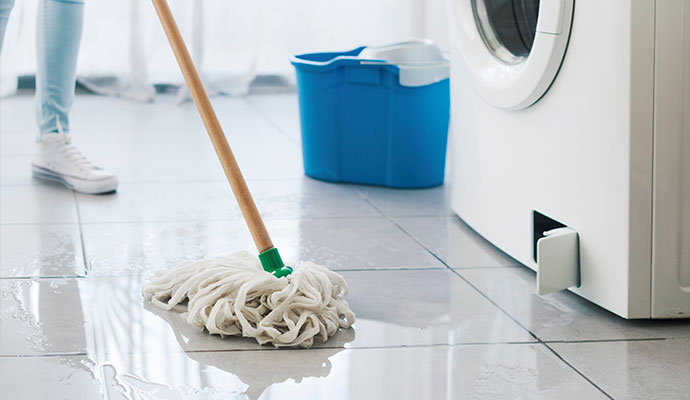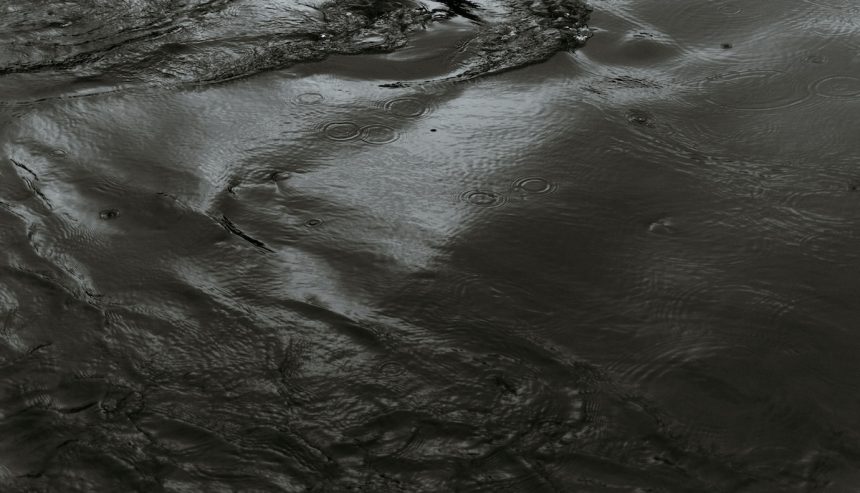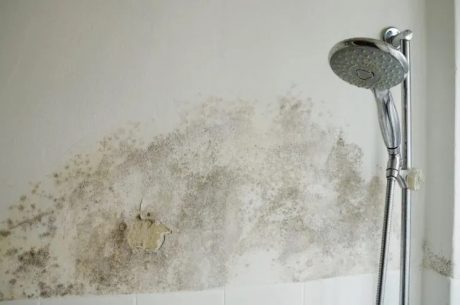Water damage can be overwhelming, especially if you’re unsure about the severity of the issue. One of the first steps in the restoration process is identifying the type of water that caused the damage. The Institute of Inspection Cleaning and Restoration Certification (IICRC) has established three distinct categories of water to help restoration professionals determine the proper response. Each category reflects the level of contamination and potential health risks involved.
At PuroClean of Huntington, we are trained and certified to assess and handle all categories of water damage. Whether you’re dealing with a minor plumbing leak or a major sewage backup, our team is ready to serve homes and businesses across Suffolk and Nassau County, NY with fast, professional restoration services.
Category 1: Clean Water

Definition:
Category 1 water, often referred to as “clean water,” originates from a sanitary source and does not pose an immediate threat to human health. Examples of Category 1 sources include:
- Broken water supply lines
- Faucet or sink overflows (without contaminants)
- Appliance malfunctions involving fresh water (such as refrigerator water lines or water heaters)
Risks and Considerations:
While Category 1 water is initially clean, time is a critical factor. If not addressed quickly, this water can deteriorate into Category 2 or 3. For instance, clean water leaking into drywall, carpeting, or wood flooring in a Huntington or Dix Hills home can become a breeding ground for bacteria or mold within 24 to 48 hours. That’s why immediate action is essential to prevent escalation.
Category 2: Gray Water

Definition:
Gray water contains a significant level of chemical, biological, or physical contaminants. It has the potential to cause discomfort or illness if ingested or exposed to skin. Common sources of Category 2 water include:
- Washing machine or dishwasher overflows
- Toilet overflows with no solid waste
- Sump pump failures
- Leaks from aquariums or waterbeds
Risks and Considerations:
This type of water may contain detergents, food residues, bacteria, or other irritants. While not as hazardous as Category 3 water, gray water still poses health risks and should be handled by professionals. Many homes in Suffolk and Nassau Counties experience this category of water damage during power outages, storms, or equipment malfunctions. Improper cleanup can lead to mold growth, unpleasant odors, and long-term damage to building materials.
Category 3: Black Water

Definition:
Black water is the most dangerous form of water intrusion. It is grossly contaminated and can contain disease-causing organisms, toxic chemicals, and other hazardous substances. Common sources include:
- Sewage backups
- Toilet overflows containing fecal matter
- Rising floodwaters from rivers, oceans, or heavy storms
- Water from storm drains or stagnant water with microbial growth
Risks and Considerations:
Black water should always be treated as an emergency. Exposure to this type of water can cause serious illness or infection. Restoration involves full protective gear, disinfection, and often removal of affected materials such as drywall, flooring, and insulation. In flood-prone areas of Long Island—especially coastal neighborhoods or those with older sewer systems—black water incidents can be a frequent concern during heavy rainfall or hurricanes.
Why Proper Classification Matters
Understanding the IICRC categories of water damage allows for a safer and more effective restoration process. Misjudging the type of water or delaying professional intervention can lead to escalating damage, health issues, and higher repair costs. At PuroClean of Huntington, we utilize advanced equipment, industry best practices, and IICRC-certified technicians to correctly identify the category of water, assess the affected areas, and restore your property to pre-loss condition.

Whether you’re located in Huntington, Commack, Northport, Massapequa, or Smithtown, our team is equipped to respond promptly and effectively to water emergencies of all kinds.
Trust the Experts at PuroClean of Huntington
We understand the urgency and stress water damage brings. Our team is available 24/7 to respond to emergencies, mitigate further damage, and provide peace of mind through transparent communication and expert care. From clean water leaks to sewage overflows, we handle each situation with precision and care.
If you suspect water damage in your home or business, contact PuroClean of Huntington immediately. We serve all of Suffolk and Nassau County with the professionalism and expertise you deserve.
Call us today at 631-402-9700 for emergency service or to schedule an inspection. Let us help you take the first step toward recovery.



